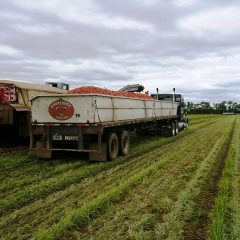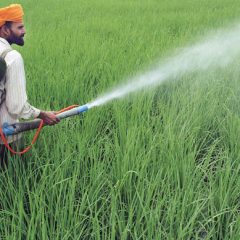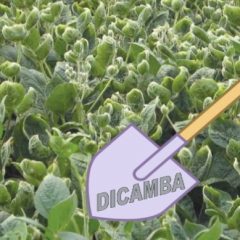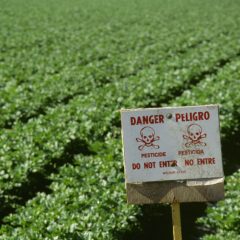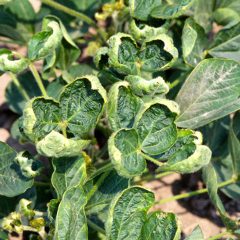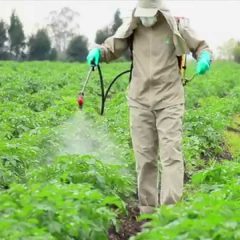While Bayer’s $57 billion deal to acquire Monsanto has received regulatory approvals in most of the world, it has not in the European Union. EU competition law is, in general, stricter than U.S. law. There are also huge differences, especially now, in willingness to enforce existing competition laws in Europe versus the U.S. An active […]
Read More, References, Comment »
Note — Guest blog by Steve Smith, Director of Agriculture, Red Gold, and founder and chairman of the Save Our Crops Coalition (SOCC). It is a lightly edited version of an October 14, 2017 email update sent by Steve Smith to the active members of SOCC. At the request of readers, more information is included on […]
Read More, References, Comment »
Biotech, seed, and ag chemical industry news over the last 18 months has been dominated by the process and impacts of three big mergers — Bayer buying Monsanto, Dow and DuPont merging and then splitting off a combined ag business, and ChemChina’s purchase of Syngenta. It was inevitable that in this process of consolidation within […]
Read More, References, Comment »
Maharashtra is one of the major cotton growing areas in India. Most of the cotton planted in recent years has expressed the Bt gene to control certain insects, but a combination of factors including resistance has eroded its efficacy. Between higher priced seed and the need to apply extra insecticide, cotton farmers in the region […]
Read More, References, Comment »
As predicted, the EPA has announced that it will allow use in 2018 of dicamba on dicamba-resistant soybeans and cotton, despite the serious problems that occurred in 2017. The acting chief of the herbicide branch, Reuben Baris, said the EPA has not yet decided on the “safeguards” it will impose in a September 19, 2017 […]
Read More, References, Comment »
A highly-respected farm magazine editor, Greg Horstmeier, has called a spade a spade re the unfolding, dicamba crop-damage train wreck occurring across corn-soybean country. This is a must-read piece, because of the important historical context it provides. Horstmeier’s play-by-play of how we got here is a chilling account of how badly farm industry leaders and […]
Read More, References, Comment »
The American Academy of Pediatrics and the Environmental Working Group submitted a letter this week to EPA Administrator Scott Pruitt condemning the Agency’s decision not to restrict use on the pesticide chlorpyrifos. As this Hygeia’s Blog describes, this decision went against the EPA’s own scientists, who had previously concluded that chlorpyrifos was linked to neurological […]
Read More, References, Comment »
A vote last week by the Arkansas Plant Board to impose an emergency ban on spraying dicamba herbicide is hot news in both the mainstream media and the ag community. Dicamba is used to battle the herbicide-resistant Palmer amaranth that plagues farmers in Arkansas, and the recent introduction of BASF’s Engenia brand dicamba herbicide, sold for use […]
Read More, References, Comment »
Our paper entitled “Concerns over use of glyphosate-based herbicides and risks associated with exposures: a consensus statement” came out February 17, 2016 in the journal Environmental Health. It was written by John Peterson Myers, Michael N. Antoniou, Bruce Blumberg, Lynn Carroll, Theo Colborn, Lorne G. Everett, Michael Hansen, Philip J. Landrigan, Bruce P. Lanphear, Robin Mesnage, Laura N. Vandenberg, Frederick S. vom Saal, Wade V. Welshons and Charles M. Benbrook. According to BioMed Central, publisher of Environmental Health, our glyphosate […]
Read More, References, Comment »
Note to Hygeia Analytics Readers — I sent the following May 13, 2017 letter to individuals in the Sherman County government and the local weed control district. These individuals are responsible for acting on an almost unbelievable new policy, given April Fool’s day is long past. Sherman County, located in north-central Oregon near the great […]
Read More, References, Comment »


